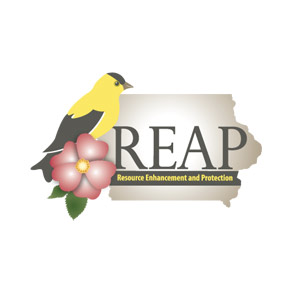Reclaiming Iowa's Abandoned Mines
Coal was once a major industry of Iowa. The last mine was closed in 1971. Current efforts are being made to save the land once home to these mines in southern Iowa.
Welcome to the Iowa Science Phenomena website! The goal of this website and service is to create, curate, collect and share a growing collection of user-generated, media-based, standards aligned, science phenomena resources for use in Iowa classrooms, as well as support Iowa teachers as they continue to implement phenomena-based and place-based teaching practices.
There are several ways you can be involved in this project:
Coal was once a major industry of Iowa. The last mine was closed in 1971. Current efforts are being made to save the land once home to these mines in southern Iowa.
The swamp milkweed has a unique pollination and seed dispersal method.
Several habitats support a wide variety of plant and animal life at Chichaqua Bottoms Greenbelt.
The Loess Hills formation took thousands of years to form, and is a very fragile and unique collection of dust and silt.
The Devonian Fossil Gorge was revealed during the devastating floods of 1993 when the emergency spillway at the Coralville Dam topped over.
Maple trees convert sunlight to sugary syrup through the process of photosynthesis.
Iowa communities and farmers are adopting conservation practices that lead to cleaner water by keeping agricultural run-off from entering water supplies.
The Iowa DNR uses technology to tag and track northern pike.
Agricultural fields require specific amounts of fertilizer to maintain yields, however forests maintain biomass without the use of additional fertilizers.
Lichens are a partnership between a fungus and an alga. There are two primary ways lichens reproduce: sexually and asexually
In 2019, midwest governors asked the U.S. Corps of Engineers to change flood management priorities.
Common sounds may be different in an environment when there is snow cover as compared to when there is not.




